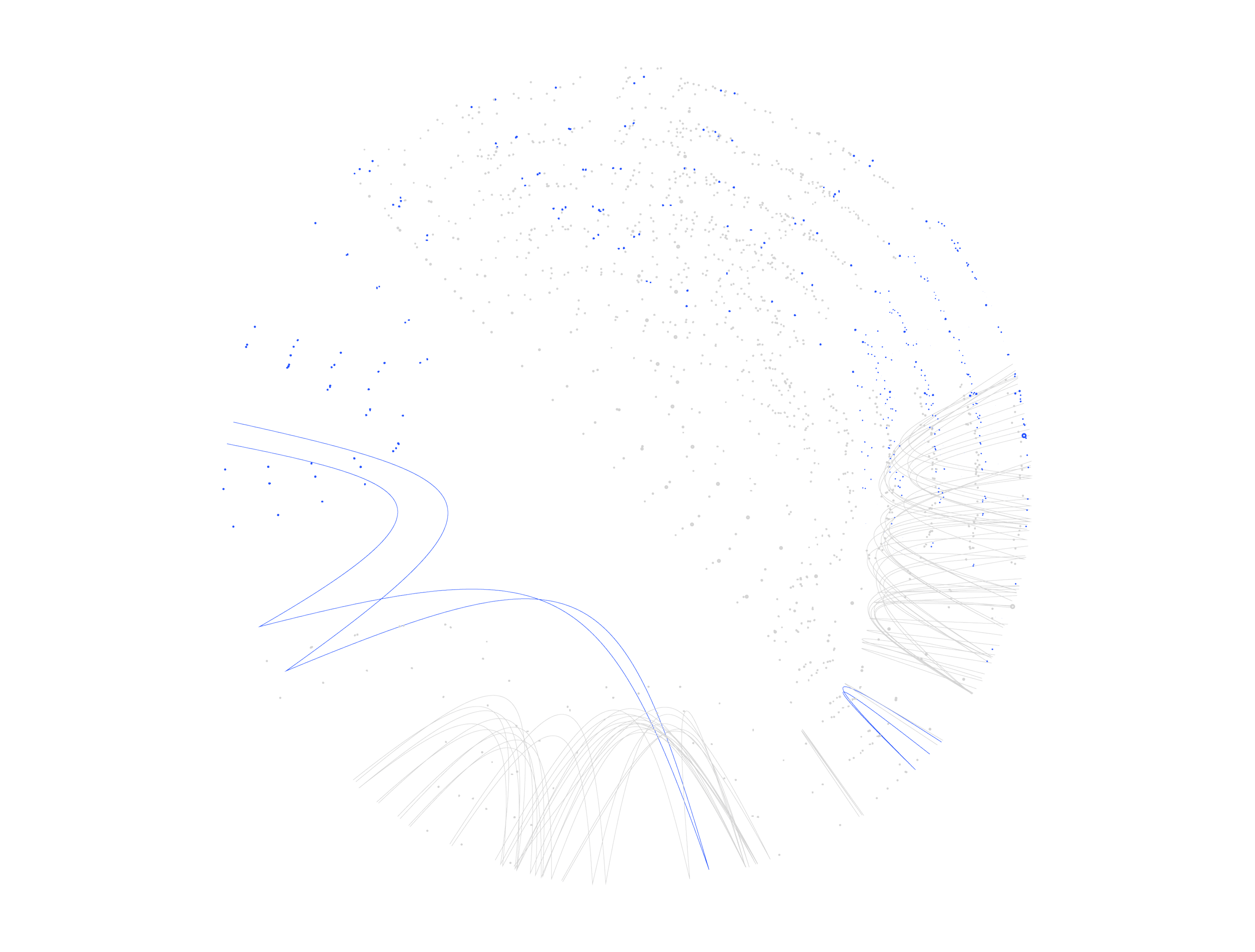As adoption of analytics grows, we help clients capture maximum value by ensuring that all their analytics use-cases deliver expected performance. We also help them create robust control frameworks, and build capabilities to improve their resilience.
We protect clients from a host of analytics risks, including reputational and legal risks from biased data, flawed algorithms affecting business decisions, deterioration of model performance, and ramping costs and cybersecurity issues. Our approach applies 15 years of model risk management experience, combined with benchmarks across industries (e.g., energy, mining, manufacturing, consumer goods, healthcare, and telecommunications).


A mining company had been using two machine-learning models in an effort to maximize yield from mined materials. The intent was for the models to prescribe optimal settings for circuits of the refining process. The modelling used an ensemble of neural networks, a type of machine learning based on the human brain that uses a network of cells which allow the computer to learn by incorporating new data. In this case, the models had several critical problems that put the company at risk by recommending inaccurate settings for the refining process.
Following a review, we recommended a series of changes that improved predictions of the models, improved the yield of the mining process, and delivered $2 million in additional annual benefits.
A steel producer was going through a digital transformation that included a comprehensive model development and data framework. However the organization realized it still needed to improve its emerging model management practices.
We identified the key model management components necessary to ensure sustainability of the transformation (i.e., model lifecycle management, governance, the model review process, model inventory, and tiering methodology). We also built internal capabilities for those involved in the modelling. And we established clear governance over the models, providing full transparency over the entire model landscape, and prioritizing model reviews, and close monitoring of certain models.